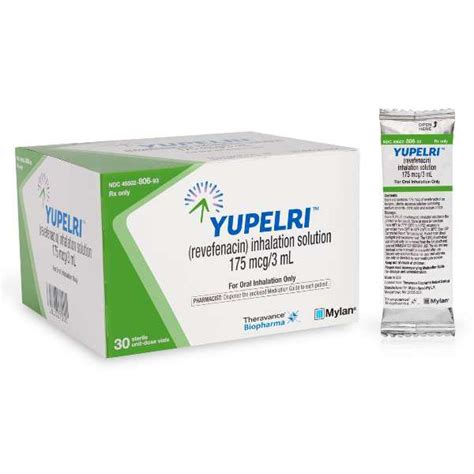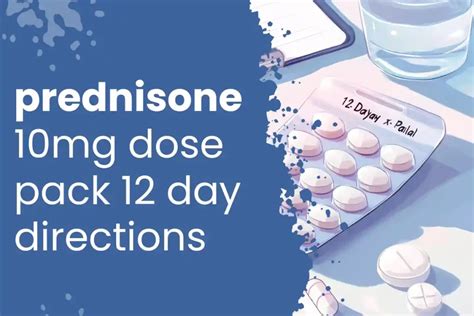Yupelri, also known by its generic name revefenacin, is a medication that has been approved by the U.S. Food and Drug Administration (FDA) for the maintenance treatment of chronic obstructive pulmonary disease (COPD). It is a long-acting muscarinic antagonist (LAMA) that works by helping to relax the airway muscles, making it easier for patients to breathe. In this article, we will delve into the specifics of Yupelri, its mode of action, benefits, potential side effects, and how it fits into the broader management strategy for COPD.
Understanding COPD
Before diving into the details of Yupelri, it’s essential to understand COPD. COPD is a chronic inflammatory lung disease that causes obstructed airflow from the lungs, making it difficult to breathe. It’s most often caused by long-term exposure to irritating gases or particulate matter, most often from cigarette smoke. People with COPD are at increased risk of developing heart disease, lung cancer, and a variety of other conditions.
How Yupelri Works
Yupelri is administered via a nebulizer, a device that converts the medication into a mist that can be inhaled directly into the lungs. Once inhaled, revefenacin acts on the muscarinic receptors in the airway muscles, preventing the action of acetylcholine, a neurotransmitter that normally stimulates these muscles to contract. By blocking these receptors, Yupelri helps to relax the airway muscles, reducing bronchospasm (the constriction of airways in the lungs) and improving lung function. This mechanism of action helps patients with COPD to breathe more easily and can reduce the risk of exacerbations.
Benefits of Using Yupelri
The approval of Yupelri for the treatment of COPD marks a significant advancement in the management of this condition. Some of the key benefits associated with its use include:
- Improved Lung Function: Clinical trials have shown that Yupelri can significantly improve lung function, as measured by forced expiratory volume in one second (FEV1), in patients with COPD.
- Reduced Risk of Exacerbations: By helping to maintain open airways, Yupelri can reduce the frequency of COPD exacerbations, which are episodes of worsening symptoms that can significantly impact a patient’s quality of life and require additional medical treatment.
- Convenience: The once-daily dosing regimen of Yupelri can improve adherence to treatment, as it simplifies the medication routine for patients.
Potential Side Effects
While Yupelri offers numerous benefits for the management of COPD, as with any medication, there are potential side effects. Common side effects include:
- Cough
- Pain or tightness in the chest
- Increased sputum production
- Bacterial pneumonia
- Headache
It’s crucial for patients to discuss any concerns or side effects with their healthcare provider. In rare cases, more severe side effects can occur, and patients should be aware of these possibilities.
Place in COPD Management
Yupelri is part of a broader strategy for managing COPD, which typically involves a combination of medication, lifestyle changes, and, in some cases, pulmonary rehabilitation. The goal of treatment is not only to manage symptoms but also to slow disease progression, improve exercise tolerance, and enhance quality of life.
Conclusion
Yupelri represents an important addition to the therapeutic arsenal against COPD, offering patients a new option for managing their symptoms and potentially reducing the risk of exacerbations. As with any treatment plan, it’s essential for patients to work closely with their healthcare provider to determine the best approach for their specific needs and circumstances.
What is the primary mechanism of action of Yupelri in treating COPD?
+Yupelri acts as a long-acting muscarinic antagonist (LAMA), helping to relax the airway muscles by blocking the action of acetylcholine on muscarinic receptors, thus making it easier for patients to breathe.
How is Yupelri administered, and what is its dosing frequency?
+Yupelri is administered once daily via a nebulizer, which converts the medication into a mist that can be inhaled directly into the lungs.
What are some of the common side effects associated with Yupelri?
+
In conclusion, while Yupelri offers a promising treatment option for patients with COPD, it’s part of a comprehensive management strategy that includes lifestyle modifications, potential other medications, and ongoing healthcare oversight. Patients should consult with their healthcare provider to understand how Yupelri can fit into their individual treatment plan.


